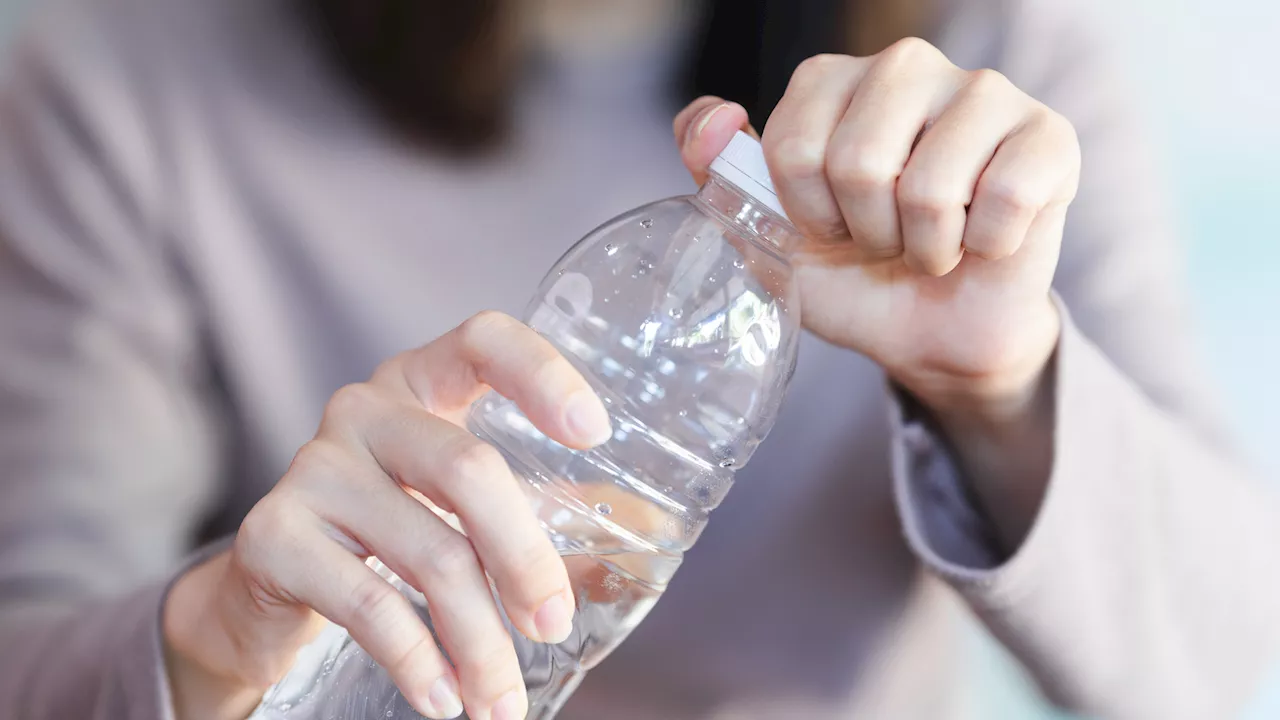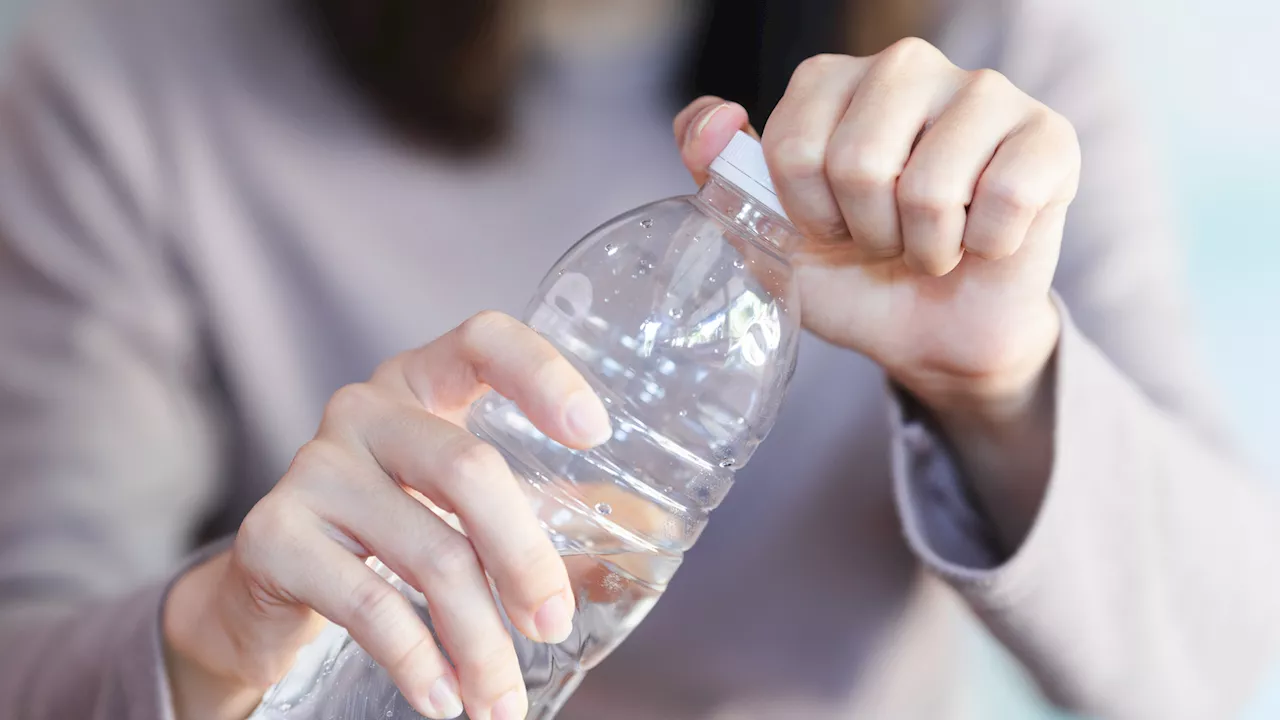Microplastics are tiny plastic particles found in our food, water, and even our bodies. While their long-term health effects are still being studied, experts agree that reducing exposure is a good idea. This article provides practical tips on how to minimize your microplastic intake without going overboard.
By now, you’ve seen enough headlines to be sufficiently freaked out about microplastics. They’re everywhere: Our water bottles, our brains, our bones—hell, they’ve even infiltrated the waters of the Arctic, where no humans even live. The latest culprit that really hits close to home? Your cup of tea. A recent study found that brewing tea with polymer-based teabags causes “significant release” of microplastics.
Is nothing sacred, anymore?! Arguably, the only thing more frustrating than learning about all of these potential sources of plastic exposure (and what it could potentially mean for your long-term health) is the fact that the answer to “what can I do?” is still extremely vague. It’s really easy to read a headline and conclude that you need to throw away almost everything in your house and go into debt buying completely new, plastic-free replacements to avoid microplastics. But not only is that unrealistic, it may not even be totally necessary: There’s a lot about microplastics that experts themselves are still trying to figure out. If you’ve had it up to here with the microplastics mayhem, we got you. SELF spoke to experts about the latest science, how much you really need to worry about microplastics, and what you can actually do to cut down on your exposure without spiraling. What’s the deal with microplastics? Microplastics refer to “any kind of plastic that’s less than five millimeters,” Christy Tyler, PhD, a professor of environmental science at the Rochester Institute of Technology who studies plastic pollution, tells SELF. That’s smaller than a grain of rice, Dr. Tyler says. (A subset, called nanoplastics, are so tiny we can’t see them.) These small particles are found in a ton of different items—including stuff you might not think of as plastic, like your spandex biker shorts and other things made with similar “synthetic” materials. And most plastics have other chemicals added to them, Dr. Tyler says (to make them more flexible or flame-retardant, for instance). For example, anything starting with“poly-” is typically a form of plastic made with a combo of materials—i.e., polyethylene, polypropylene, polyvinyl chloride, and polyurethane (a.k.a. spandex). We find microplastics everywhere: in our stuff, yes, but also the ocean, the soil, and freshwater sources where we get water for drinking and crops (thanks to pollution and littering, Dr. Tyler says). These particles in the environment can get inside our bodies when we swallow them, inhale them, or touch them with our skin. The exact amount that enters, and what it does once it’s inside, is all still very unclear. “We know that plastics are in your body,” Dr. Tyler says, “but we don’t know what they're doing.” A growing body of evidence suggests nothing good. Scientists are still figuring out how exactly microplastics could be harmful, but the overall theory is that both the particles and chemicals contained in them may cause inflammation and oxidative stress, Tracey J. Woodruff, PhD, MPH, a professor of obstetrics, gynecology and reproductive sciences at UCSF who has researched microplastics, tells SELF. Inflammation is a natural process that the body uses to heal itself (think: redness and swelling when you break a bone and your body’s defenses rev up and send extra blood and nutrients to the site to repair it). But when your cells are chronically in fight mode, it can overstress and damage tissues, putting you at risk of developing inflammation-fueled diseases, like heart disease, cancer, diabetes, and more. The thought is that the body recognizes these plastic particles and chemicals as foreign invaders, flipping the inflammatory response on. A 2024 paper, which Dr. Woodruff co-authored, looked at data from three observational human studies and 28 animal studies to size up the possible impact of microplastics on reproductive, respiratory, and digestive health. The researchers found high-quality evidence that microplastics might negatively affect sperm quality and suppress the immune system, along with a suspected link to colon cancer, among other things. While this all warrants concern, keep in mind that these studies are looking at larger trends in the data—not specifically predicting your individual risk according to your lifestyle habits, specific exposure levels, and genetics. And there’s still a lot of “scientific uncertainty” about the effects of microplastics, Dr. Tyler says. “We’re still at such an early stage.” What experts want you to know about reducing your microplastics exposure Before we get to some practical ways to lessen your microplastics exposure, experts have a few pieces of advice to keep in mind about how to approach the microplastics problem without, ya know, pulling your hair out. 1. There’s no avoiding microplastics, so don’t drive yourself nuts. “They’re so common that you can’t really escape ,” Dr. Tyler says. But you can reduce your exposure. 2. Focus on what you can control, like the types of products you buy and how you dispose of plastic waste. 3. Don’t go overboard with making changes. Small, sustainable changes add up over time
Microplastics Plastic Pollution Health Risks Environmental Impact Sustainable Living Reducing Exposure
United States Latest News, United States Headlines
Similar News:You can also read news stories similar to this one that we have collected from other news sources.
 Microplastics Found in Brain Samples at 10 Times Higher Levels Than Other OrgansA new study reveals that brain samples contained significantly more microplastics than liver and kidney samples, raising concerns about potential health impacts. Researchers analyzed cadaver tissues and found an average of 4,800 micrograms of microplastics per gram of brain tissue. While the study doesn't prove a direct link between microplastics and diseases like dementia, it suggests potential accumulation in blood vessels and immune cells.
Microplastics Found in Brain Samples at 10 Times Higher Levels Than Other OrgansA new study reveals that brain samples contained significantly more microplastics than liver and kidney samples, raising concerns about potential health impacts. Researchers analyzed cadaver tissues and found an average of 4,800 micrograms of microplastics per gram of brain tissue. While the study doesn't prove a direct link between microplastics and diseases like dementia, it suggests potential accumulation in blood vessels and immune cells.
Read more »
 Brain Tissue Found to Contain 10 Times More Microplastics Than Other OrgansA new study reveals that brain tissue contains significantly higher levels of microplastics compared to other organs like the liver and kidneys. The research, which analyzed samples from 47 cadavers, found an average of 4,800 micrograms of microplastics per gram of brain tissue. While the study doesn't establish a direct link between microplastics and health issues, it raises concerns about the potential impact of plastic pollution on human health.
Brain Tissue Found to Contain 10 Times More Microplastics Than Other OrgansA new study reveals that brain tissue contains significantly higher levels of microplastics compared to other organs like the liver and kidneys. The research, which analyzed samples from 47 cadavers, found an average of 4,800 micrograms of microplastics per gram of brain tissue. While the study doesn't establish a direct link between microplastics and health issues, it raises concerns about the potential impact of plastic pollution on human health.
Read more »
 Time To Rethink That Black Spatula: The Health Risks Of Plastic ExposureAnd the alarming levels of microplastics in everyday foods
Time To Rethink That Black Spatula: The Health Risks Of Plastic ExposureAnd the alarming levels of microplastics in everyday foods
Read more »
 Brain tissue may have higher amounts of microplastics than other organs, study findsBrain samples contained 10 times more microplastics than other organs.
Brain tissue may have higher amounts of microplastics than other organs, study findsBrain samples contained 10 times more microplastics than other organs.
Read more »
 Tea Bags Found to Release Billions of MicroplasticsA new study reveals the alarming presence of microplastics in tea bags, highlighting the potential health risks associated with their consumption.
Tea Bags Found to Release Billions of MicroplasticsA new study reveals the alarming presence of microplastics in tea bags, highlighting the potential health risks associated with their consumption.
Read more »
 Microplastics Found in Fish Consumed in OregonA new study from Portland State University researchers reveals the presence of microplastics in six commercially and culturally important fish species consumed in Oregon. The study, led by Professor Elise Granek, highlights the need for solutions to reduce microfiber pollution entering the environment.
Microplastics Found in Fish Consumed in OregonA new study from Portland State University researchers reveals the presence of microplastics in six commercially and culturally important fish species consumed in Oregon. The study, led by Professor Elise Granek, highlights the need for solutions to reduce microfiber pollution entering the environment.
Read more »
